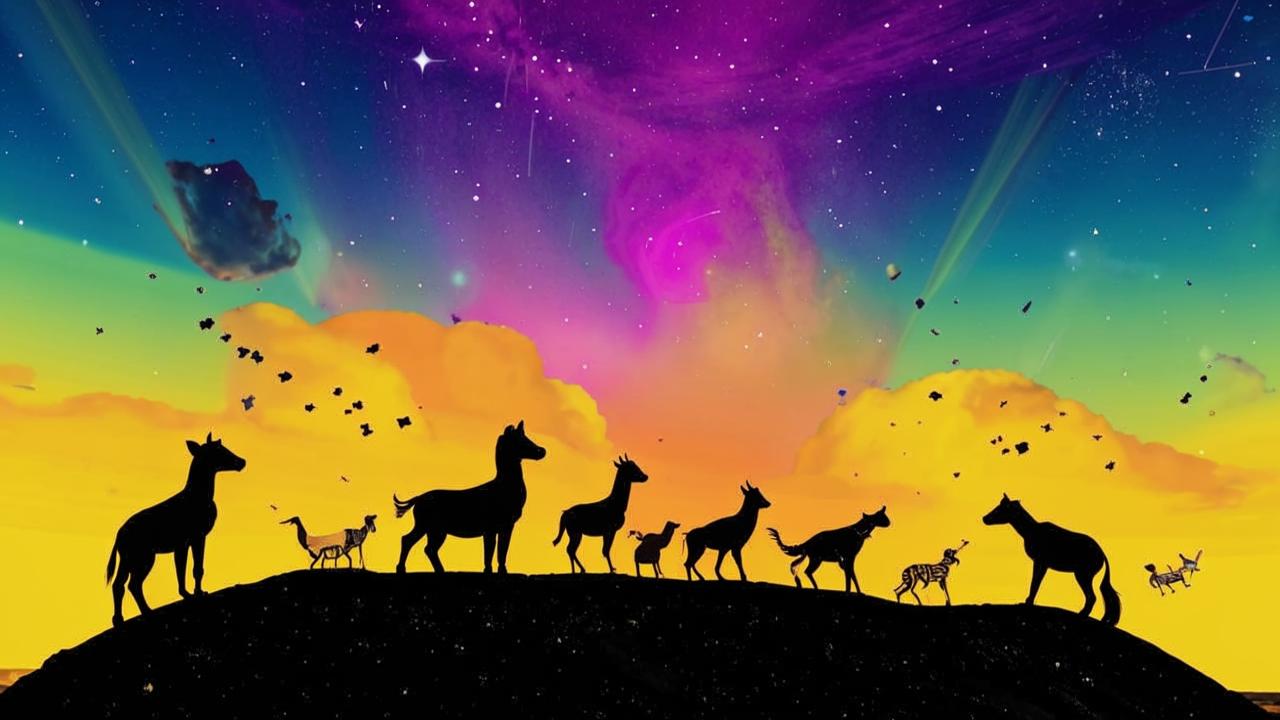Writers’ explorations of space adventure expand the imagination and make us think that our planet is just a small dot in the vast universe and that there are many more possibilities in this world than we can imagine. The eight books in this selection will help put aside indecision and remind you how courage and hard work help you overcome the most difficult obstacles.
“The First: A New History of Gagarin and the Space Race,” Stephen Walker
Tense days and nights were spent by pilots and engineers at the test site. They suffered numerous failures, lost comrades in risky launches, but continued to work to the limit of their abilities to surpass the rival country and be the first to conquer space.
Stephen Walker’s book brings to life the era of the space race between the two superpowers, the USSR and the US. In his research, he covers facts that were previously almost unknown: the historian spent several years in archives, working with classified documents and unpublished materials, and took dozens of interviews with engineers and cosmonauts from the USSR and the United States.
Thanks to a deep immersion in history, the author gives a special perspective on the development of manned flight programs in both countries and tells not only about the dramatic events that changed the world, but also about the people who overcame incredible challenges to reach space peaks.

“Masters of Infinity: Cosmonaut about profession and destiny”, Yuri Baturin
A cosmonaut is a romanticized profession that inspires dreams of unexplored worlds and opportunities hidden beyond our planet. At the same time, the profession is associated with a high level of danger and carries constant risks to life and health.
What makes people go into this field? What is the essence of the work and how is the preparation for flight? What qualities should have a good astronaut and how to become one? The book by pilot-cosmonaut Yuri Baturin contains answers to the most frequently asked questions. The anatomy of the profession is revealed through the prism of the author’s personal experience – a man who experienced all the difficulties of working in orbit.
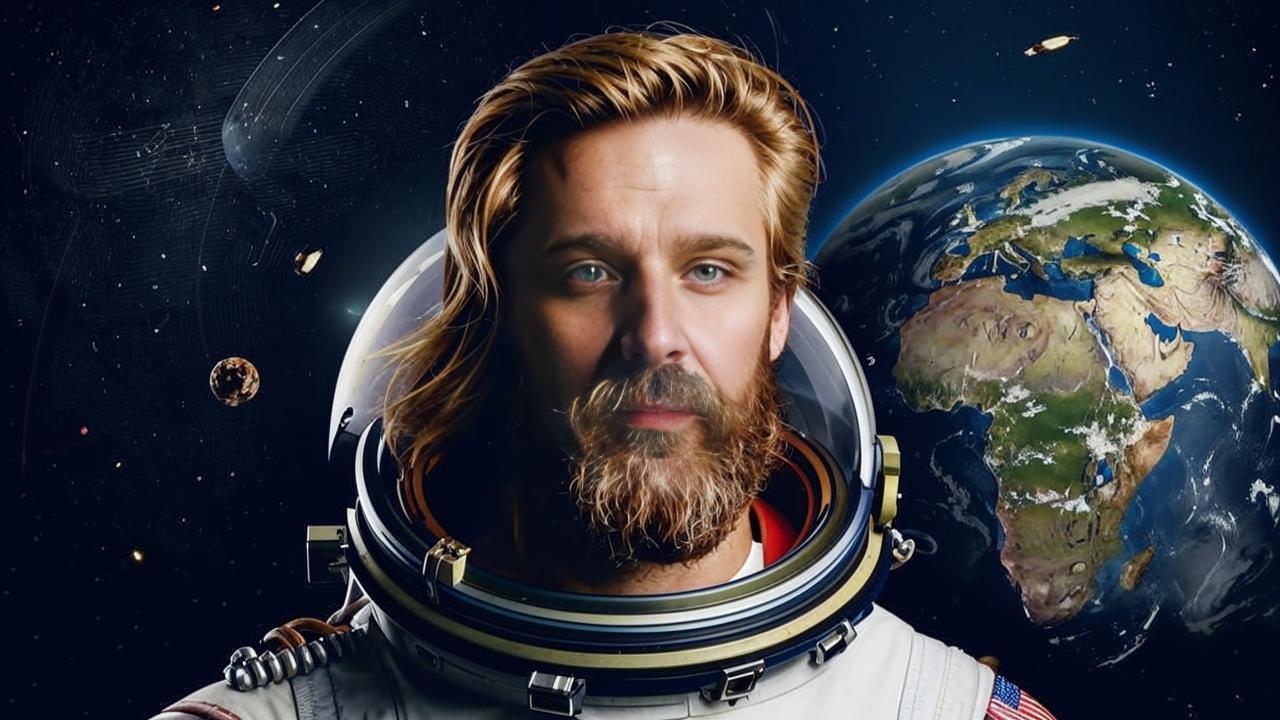
“Beyond New Horizons: The First Flight to Pluto,” by Alan Stern and David Grinspoon
By the late 1980s, NASA’s automatic stations had successfully traveled to every known planet at the time except Pluto. It wasn’t until two decades later that a tiny spacecraft finally traveled to the farthest reaches of the solar system to study this celestial object. There were not only technical difficulties standing in the way of the launch, but also bureaucratic ones. Thousands of scientists and engineers spent many years on this program, although it was repeatedly suspended due to insufficient funding and political intrigue.
The book “Beyond New Horizons” illustrates how people united by a single idea can achieve unrealizable heights. It is written with input from the main man in the program, the project’s scientific director, Dr. Alan Stern, and contains fascinating insider information that will give the reader a sense of what it took to develop, approve, and fund the launch of the spacecraft.
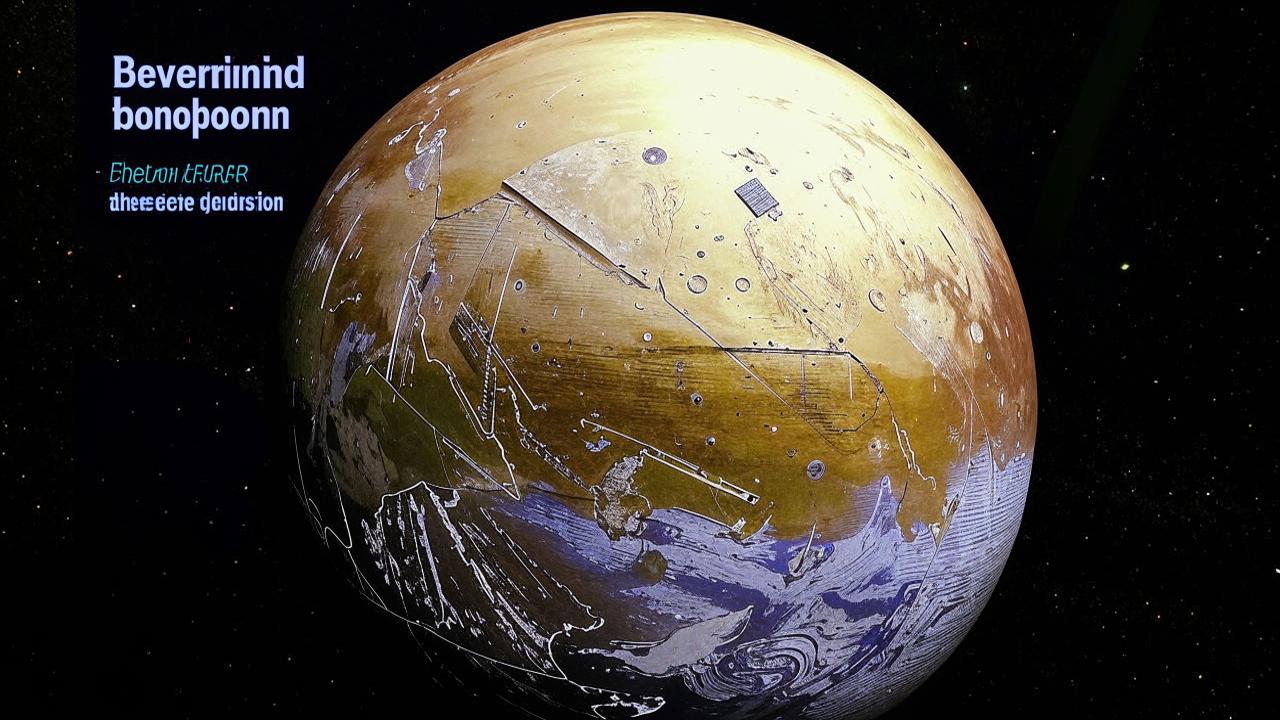
“Apollo 8: The Spectacular Story of the First Flight to the Moon,” Jeffrey Kluger
The year 1967 was marked by tragedy for NASA: a fire on the spacecraft launch pad killed three crew members. The Apollo manned space flight program was failing time and again, and President Kennedy’s stated goal of getting a man to the moon seemed increasingly unrealistic.
The unwillingness to see the USSR defend its leadership in one of the most important technological races of mankind, forced NASA to take the risk of launching Apollo 8 to the Moon. This mission threatened to turn into a resounding failure, but as a result gave the country a long-awaited moment of triumph. American journalist Jeffrey Kluger provides the first detailed account of the epic flight, including the full backstory of its preparation.
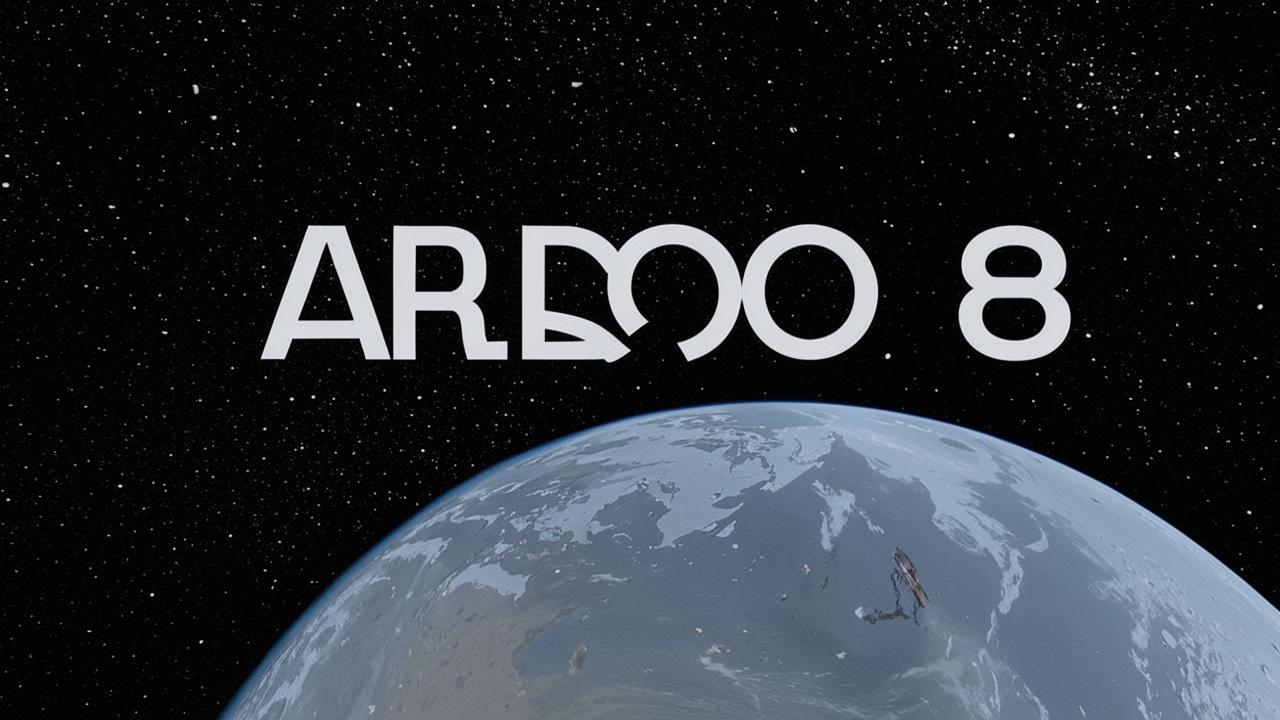
“What I can learn from Yuri Gagarin”, Sergey Kud-Sverchkov
A book for children that is sure to interest their parents as well. Sergey Kud-Sverchkov writes about Yuri Gagarin not only as the first man in space, but above all as a man living on Earth. About his love for basketball at a height of 165 cm and participation in a musical orchestra, about the role of a teacher in the life of a schoolboy and persistence in learning despite the circumstances, about the first steps in the profession and how low height almost cost Gagarin’s career.
Facts from the cosmonaut’s biography are supplemented with colorful illustrations to make diving into history even more interesting. The book is completed by the principles of Yuri Gagarin’s life, which can serve as a life guideline for both children and adults.
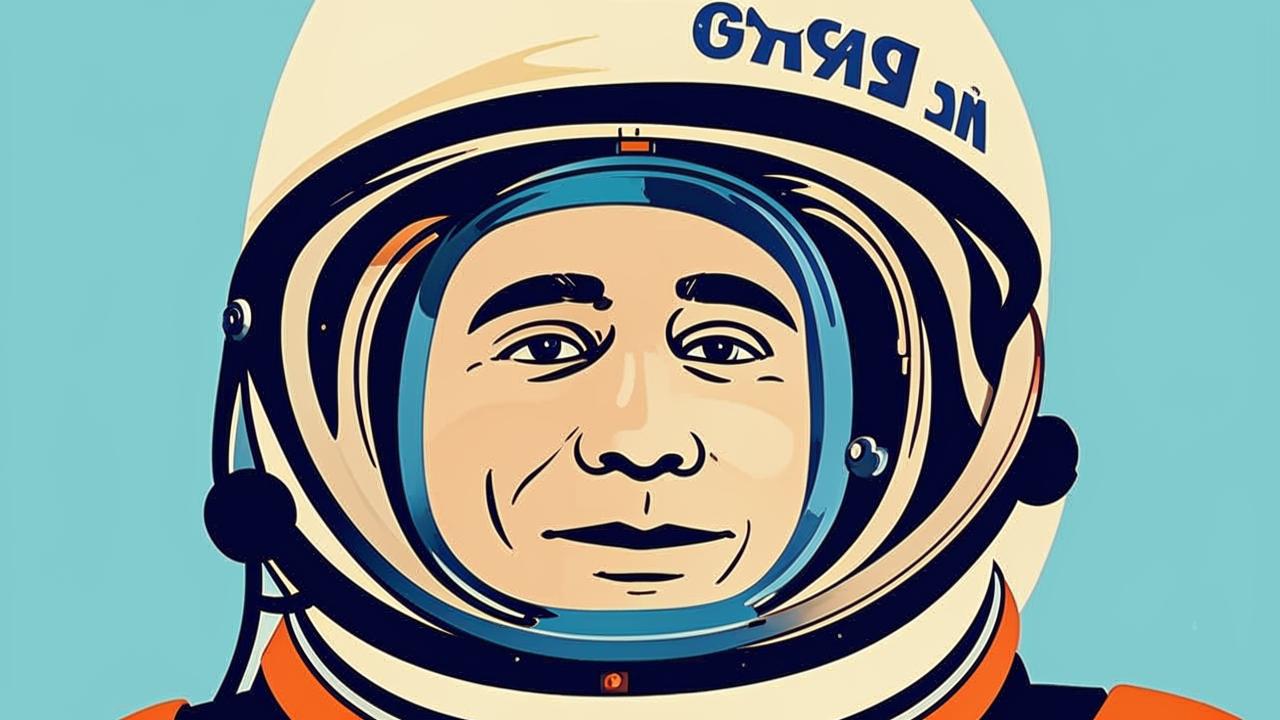
“The Glass Sky: How the Women of the Harvard Observatory Measured the Stars,” Dava Sobel
In any scientific field, there are stereotypes that prevent women from being properly recognized for their abilities. Working on an equal footing with men, the first female astronomers at the Harvard Observatory also faced gender discrimination that prevented them from advancing in their careers.
However, their perseverance, dedication to science, and talent eventually broke through the glass ceiling of prejudice and allowed them to make significant strides in the scientific field. Journalist Dava Sobel’s book describes the story of the women’s fight for the right to be astronomers and how their work at the observatory helped expand our understanding of the stars and the universe.
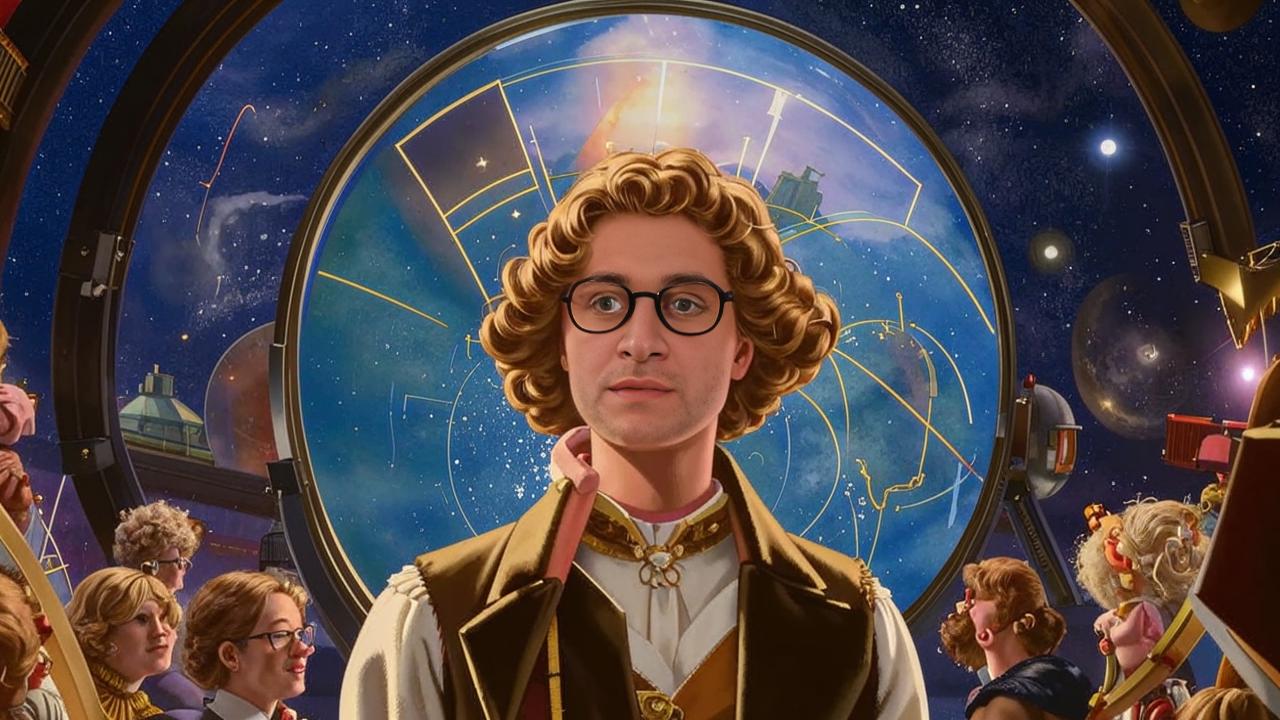
“Dr. Einstein’s Monsters: On Black Holes, Big and Small,” by Chris Impi
Many cosmic objects evoke both awe and admiration at the same time. We want to look at Earth surrounded by stars, examine planets from space, learn what happens beyond the event horizon, and how to detect the nearest black hole. But our understanding of cosmic phenomena is limited to myths and simplistic concepts. Complex theories seem beyond our grasp, and outstanding astronomical discoveries go unrecognized.
However, there are scientists like Chris Impey who believe that the secrets of the universe can be explained in simple terms. In his work “Dr. Einstein’s Monsters” he accessibly reveals the concept of black holes, debunks the main myths about them and tells about the discoveries of several generations of scientists who managed to look into the past and future of the universe.
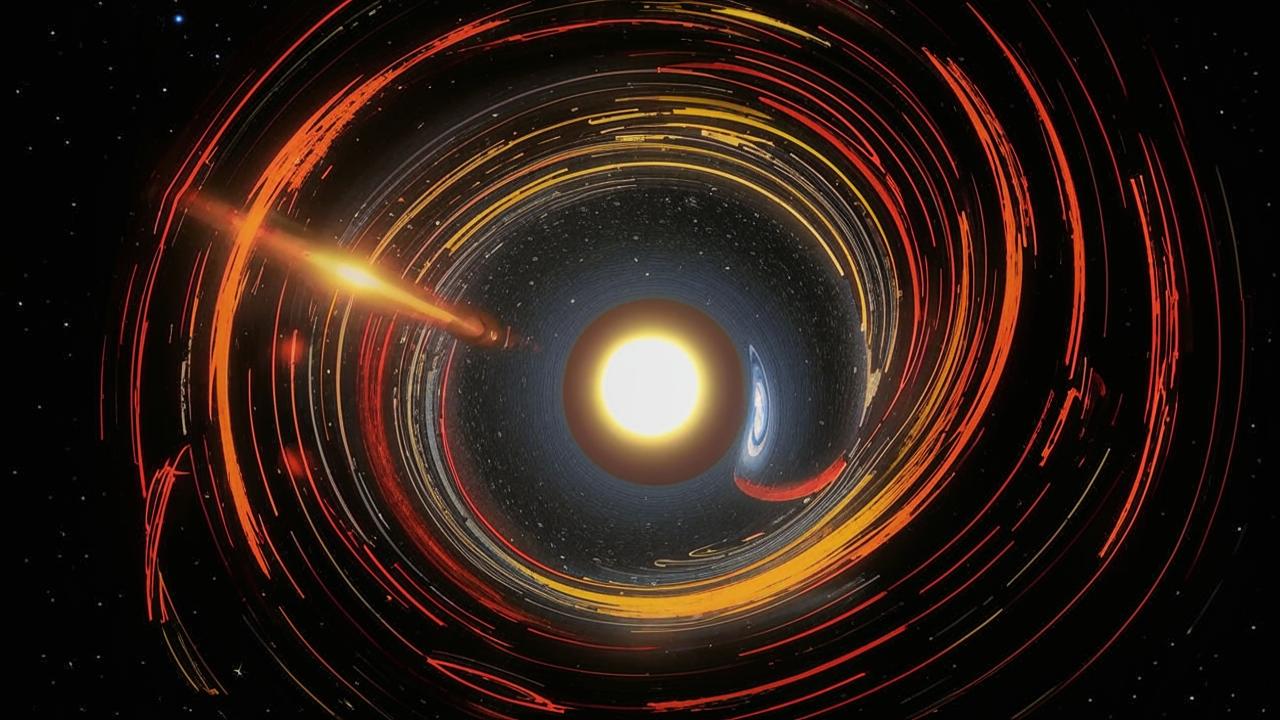
“The Zoologist’s Guide to the Galaxy: What Earth’s animals can tell us about aliens – and about ourselves”, Arik Kershenbaum
Extraterrestrial life forms are still a mystery, although their theoretical existence is recognized by most scientists. Not long ago, before the technological advances that allowed us to explore space, we could not even guess at the number of potentially habitable worlds and life on them.
With the development of astronomy and biology, pessimism has been replaced by moderate optimism: there are scientific reasons to believe in life beyond Earth and to assume that the general laws of evolution by which organisms evolved on our planet may work elsewhere. In his book, zoologist Aric Kershenbaum tries to explain the possibility of extraterrestrial intelligent life from a scientific point of view and to get an idea of what the inhabitants of other worlds might be like.
